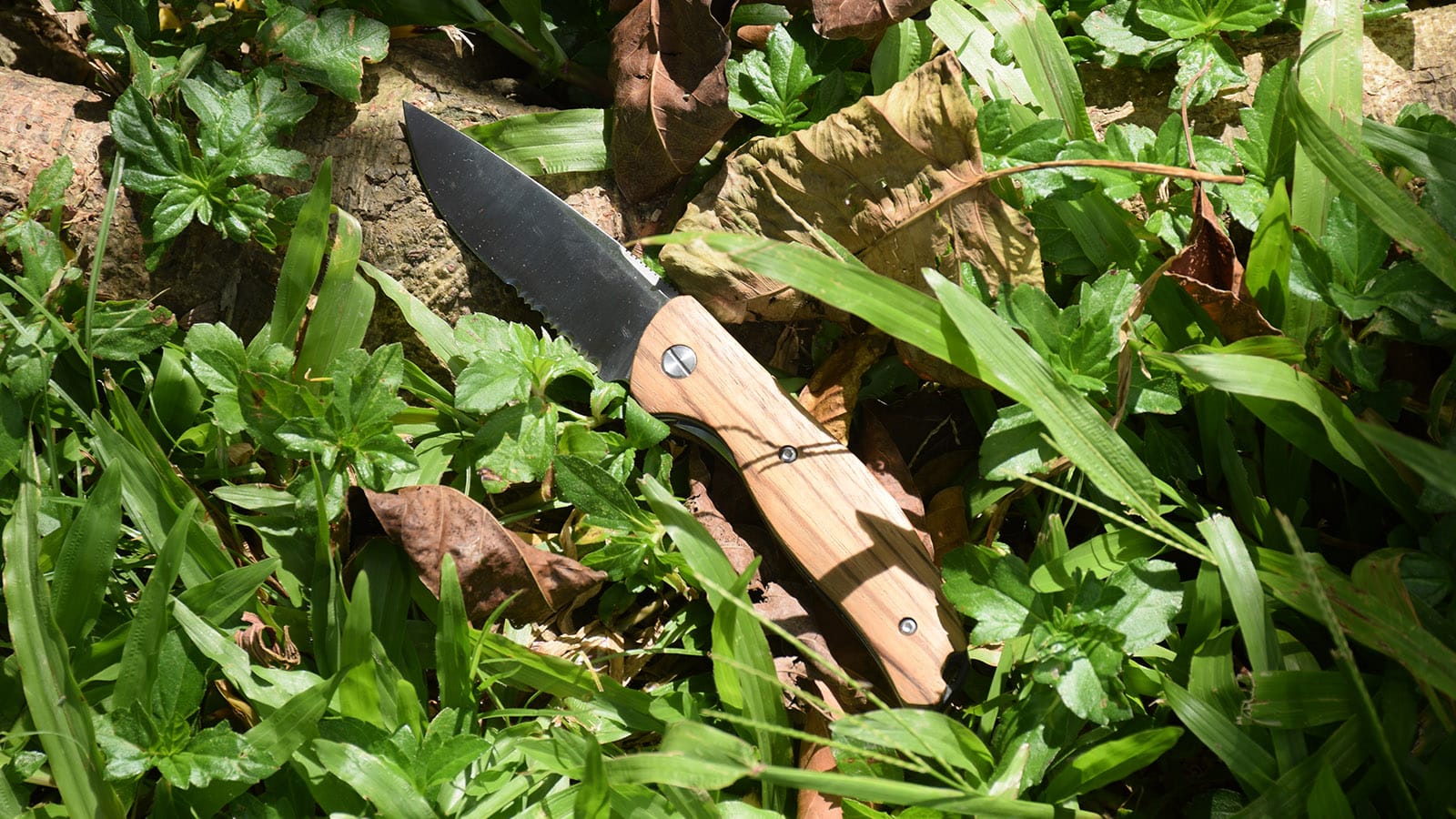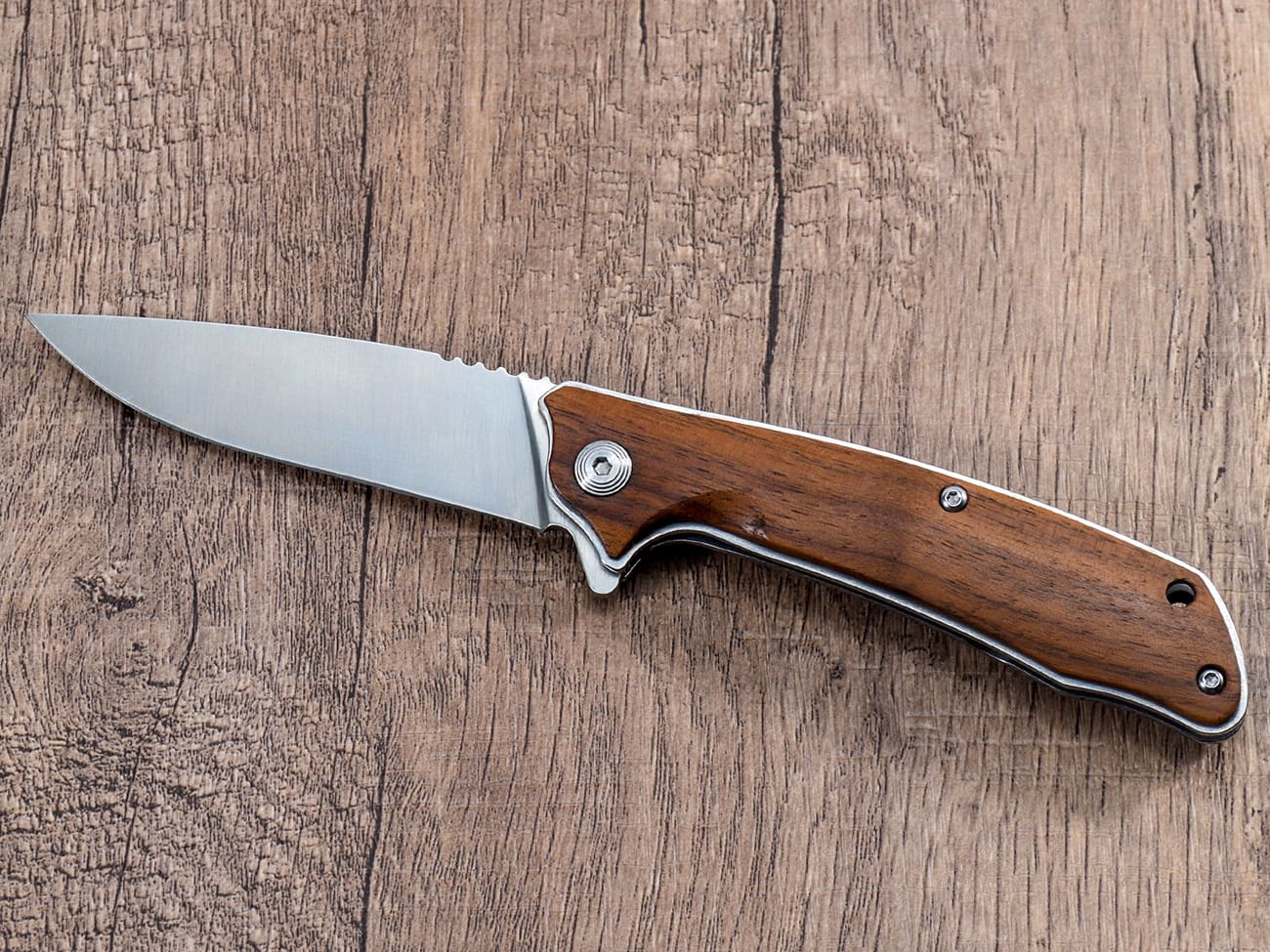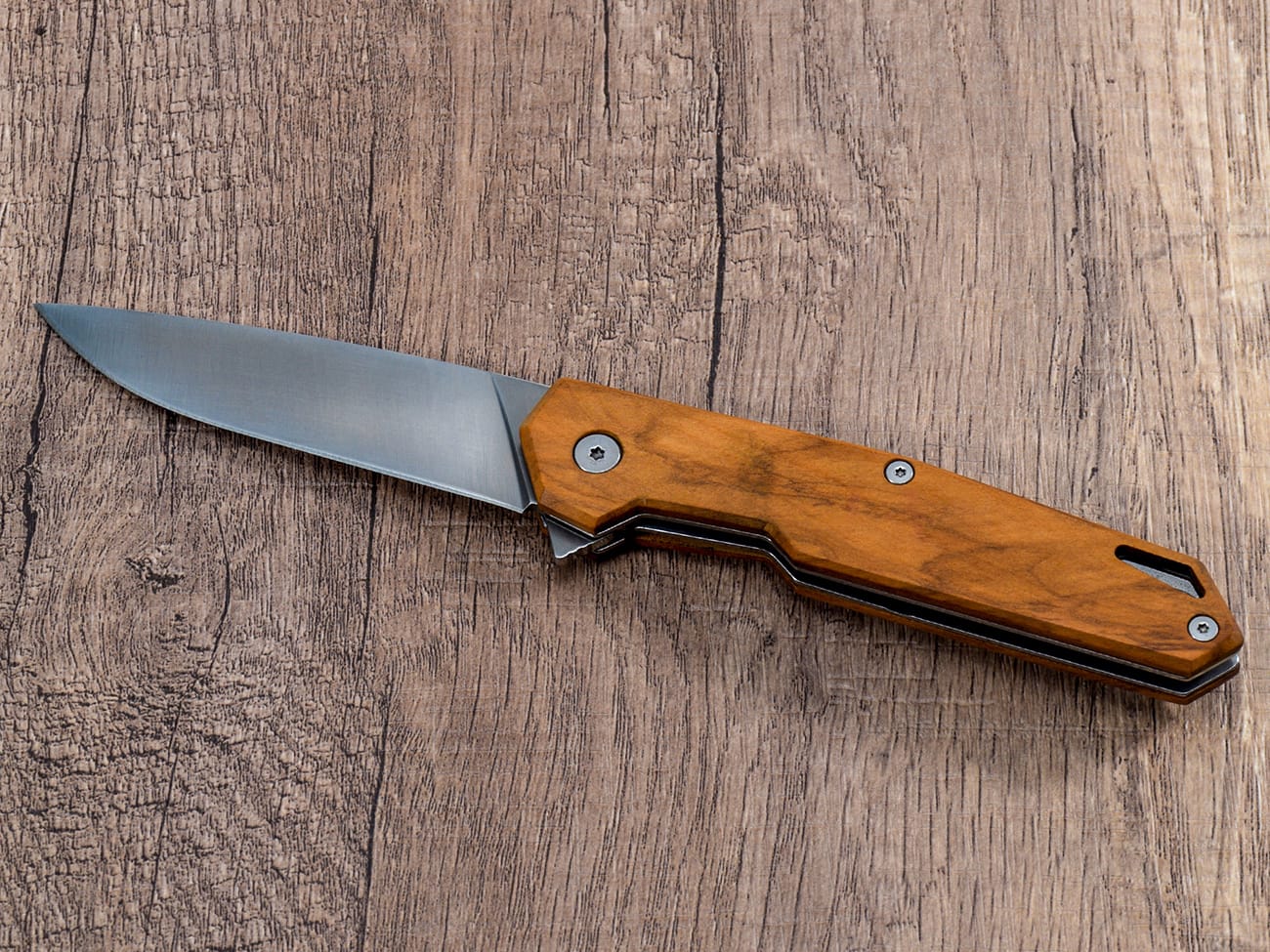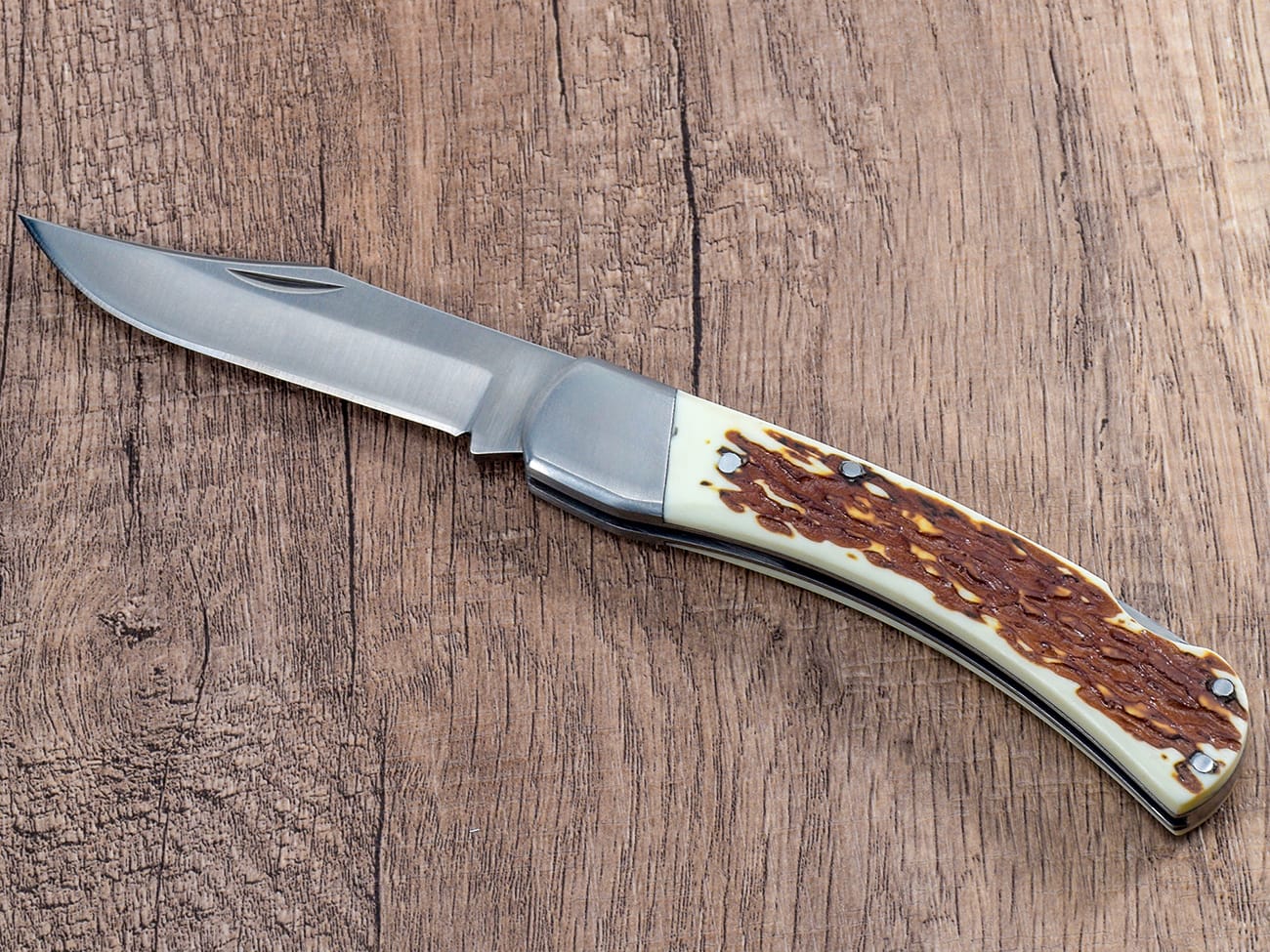Is your trusty pocket knife refusing to open smoothly? A knife that’s hard to open isn’t just frustrating – it can be dangerous. Whether you’re dealing with a stuck liner lock or a blade that won’t budge, this comprehensive guide will walk you through the most common issues and their solutions. Learn how to diagnose and fix your pocket knife’s opening mechanism with our expert tips and maintenance advice.
Why Won’t My Pocket Knife Open Properly?
The most common causes of a pocket knife that won’t open include buildup of pocket lint, rust formation, or issues with the locking mechanism. Understanding the root cause is essential before attempting any repairs. A knife’s smooth operation depends on several moving parts working together perfectly.
Inspect the Knife: First Steps in Troubleshooting
Before you try and fix your knife, carefully inspect all components:
- Check the pivot area for debris
- Look for signs of rust or grime
- Examine the lock bar and blade tang
- Test the opening mechanism gently
How Does Pocket Lint Affect Your Knife?
One of the most common culprits behind a knife that’s hard to open is the accumulation of pocket lint. This seemingly harmless buildup can seriously impact your knife’s performance:
- Lint can collect in the pivot area
- Debris may interfere with the locking mechanism
- Regular cleaning prevents most lint-related issues

A clean pocket knife with proper maintenance ensures smooth operation
Basic Cleaning and Maintenance Solutions
Here’s how to give your knife some basic TLC:
- Use compressed air to remove loose debris
- Clean the pivot pin and washer
- Give it a good wipe-down
- Lubricate moving parts appropriately
When the Lock Won’t Engage Properly
A liner lock that won’t engage properly can be particularly troublesome. Common issues include:
- Misaligned lock bar
- Worn lock face
- Debris preventing proper engagement
Adjusting Knife Tension: A Delicate Balance
Learning to adjust the tension is crucial for proper knife operation:
- Locate the pivot screw
- Use a small screwdriver or torx tool
- Make minor adjustments
- Test the blade after each adjustment
Professional Help: When to Seek Expert Assistance
Sometimes it’s best to seek professional repair:
- Complex mechanical issues
- Warranty concerns
- Structural damage
- When basic maintenance doesn’t help
Preventive Maintenance Tips
Regular maintenance helps prevent future issues:
- Keep the blade clean
- Oil moving parts regularly
- Store your knife properly
- Check for loose screws
Common Mistakes to Avoid
Don’t make these common errors when fixing your knife:
- Using too much force
- Incorrect disassembly
- Wrong lubricants
- Overtightening screws
Choosing Quality Materials for Maintenance
Using the right materials makes a difference:
- Select appropriate oils
- Use quality tools
- Choose proper cleaning supplies
- Consider replacement parts carefully
Key Points to Remember:
- Always inspect your knife before attempting repairs
- Clean and lubricate regularly
- Don’t force a stuck blade
- Seek professional help when needed
- Prevention is better than cure
- Use proper tools and materials
Additional Resources:
Remember, a well-maintained pocket knife is a reliable tool that can last for years. Regular cleaning, proper lubrication, and careful handling will keep your blade operating smoothly and safely.




